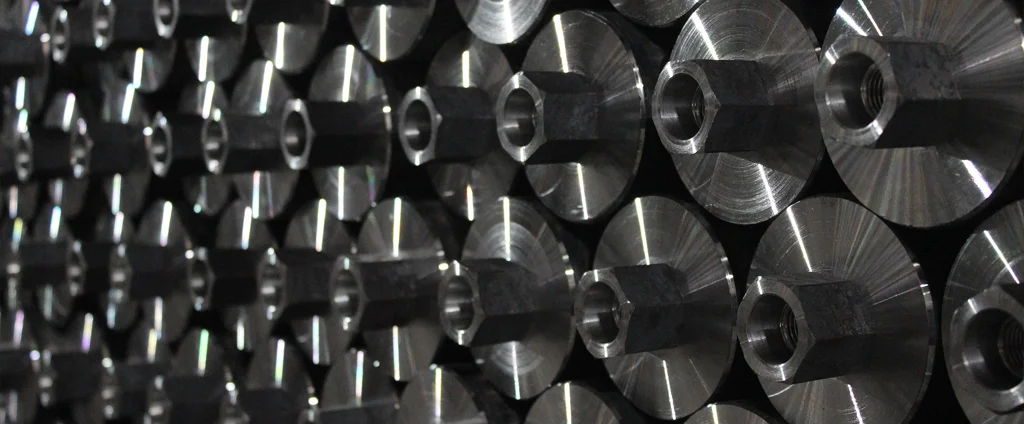SAE/AISI 8620 Alloy Steel (UNS G86200)

SAE/AISI 8620 steel is a versatile low-alloy steel combining excellent hardenability, wear resistance, and toughness. It provides good machinability and cost-effectiveness, making it suitable for diverse industrial applications requiring durable, reliable components with balanced mechanical properties.
| Chemical Composition | ||
|---|---|---|
| Element | Min | Max |
| Iron | 96.89% | 98.02% |
| Carbon | 0.18% | 0.23% |
| Chromium | 0.40% | 0.60% |
| Manganese | 0.70% | 0.90% |
| Molybdenum | 0.15% | 0.25% |
| Nickel | 0.40% | 0.70% |
| Phosphorous | —— | 0.035% |
| Silicon | 0.15% | 0.35% |
| Sulfur | —— | 0.04% |
The following table provides a list of SAE/AISI 8620 properties in both SI and US customary/Imperial units.
Click on the button to switch between Metric and Imperial units.
| Physical Properties | Metric |
|---|---|
| Density | 7850 kg/m3 |
| Mechanical Properties | Metric |
| Tensile Strength (Ultimate) | 530 MPa |
| Tensile Strength (Yield) | 385 MPa |
| Young’s Modulus (E) | 190 - 210 GPa |
| Bulk Modulus (K) | 140 GPa |
| Shear Modulus (G) | 80 GPa |
| Elongation at Break | 10% |
| Reduction of Area | 35% |
| Poisson’s Ratio (ν) | 0.27 - 0.30 |
| Brinell Hardness | 149 |
| Izod Impact | 115 J |
| Thermal Properties | Metric |
| Thermal Conductivity | 46.6 W/m·K |
| Specific Heat Capacity (Cp) | 470 J/kg·K |
| Coefficient of Thermal Expansion (αL) | 1.3×10-5 1/°C |
| Electrical Properties | Metric |
| Electrical Conductivity | 4.23×106 S/m |
| Electrical Resistivity | 2.36×10-7 Ω·m |
The values in this table are approximate and can vary depending on various factors such as the specific manufacturing process and heat treatment applied to the alloy.
Advantages & Disadvantages of 8620 Alloy Steel
| Advantages | Disadvantages |
|---|---|
| High strength and toughness | Relatively low hardenability |
| Good wear resistance | Limited corrosion resistance |
| Versatility for a wide range of applications | Not suitable for high-temperature applications |
| Good machinability | Requires proper heat treatment for optimal properties |
| Can be readily welded | Cost may be higher compared to some standard steels |
Applications of 8620 Alloy Steel
AISI 8620 steel is utilized across industries demanding strength, toughness, and wear resistance, with key applications including:
- Gears and Gearboxes: Widely used due to its exceptional strength, toughness, and wear resistance.
- Shafts and Axles: Commonly employed in machinery and automotive manufacturing.
- Camshafts: Valued for high strength and excellent wear resistance in engine components.
- Pinions and Sprockets: Preferred for power transmission systems.
- Bushings and Bearings: Suitable for components requiring high strength, hardness, and machinability.
- Tool and Die Components: Used in applications demanding durability and toughness.
- Structural Parts: Applied in components needing high strength and impact resistance.
- Aerospace Applications: Employed in landing gear, structural elements, and gears within aerospace industries.
